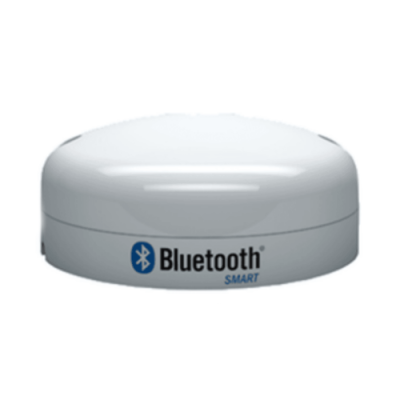
WS310/700 20m (65 ) Mast Cable
20m (65’) mast cable with pre-molded connectors for the WS310 and WS700 series wired wind sensors.

The WS320 Wireless Interface: Spare Wireless Interface for the WS320 Wind Sensor system. Receives wireless signals from the WS320 and converts to NMEA 2000.
A new range of high precision B&G wind sensors, designed for cruising and club racing sailors. An evolution of B&G’s previous sensors, developed through hours of iterative testing to provide the best solution for sailing wind sensors. The WS300 series meets the following design objectives:
High Performance
Designed to provide highly accurate wind data in all conditions at all points of sail and heel. WS300 has been benchmarked against multiple different sensors in over 500 individual wind tunnel tests.
No Compromise Wireless
Wireless version – for ease of installation and lower weight on smaller boats – with the same performance as the wired sensor. WS320 has the same accuracy (wind angle and speed) as the wired version, while outputting wind at a super smooth 5 times per second.
Reliability
As the most exposed sensor on a yacht, the wind sensor, critical for instruments and autopilot steering, must meet an exceptionally high standard. In addition to B&G’s standard testing WS310 and WS320 sensors have been subject to combined field tests of over 200,000 hours.
Key Selling Points
The WS320 wind sensor is designed to be wireless, for ease of installation and low weight, but with no compromise in performance vs. a wired unit.
Note: mast heights up to 25m (80’), subject to individual installation and local variables.
Technical Installation Tips - Pairing
Before pairing: (Remove all other Bluetooth from the area)
Ready to pair:
Successful pairing:
The wind sensor is now ready to be installed at the top of the mast. Wind angle calibration can be done later from the Calibration option in the Network Settings dialog.
Storage
If placing the WS320 into storage for more than 30 days, for example as part of a winter lay-up, the battery must be disconnected and removed from the sensor.
Note: Whenever the battery is disconnected, it is necessary to re-pair the WS320 to the base station, as described above.